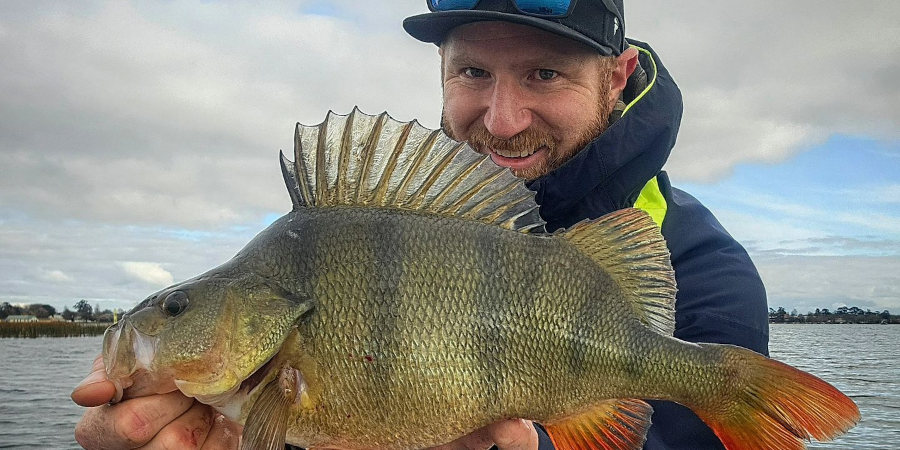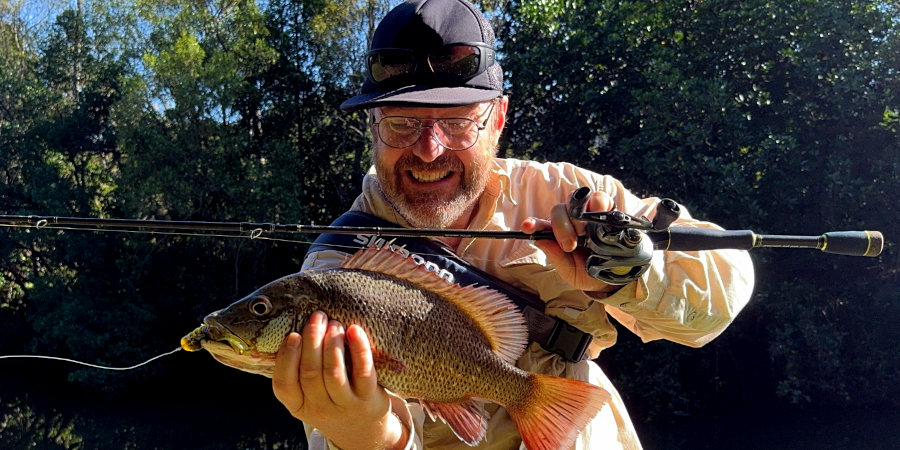Understanding Southern Estuaries With Greg Vinall

Greg "Doc Lures" Vinall
Podcast Host, Lure Maker, Scientist, Educator
Greg is host of the Australian Lure Fishing Podcast. He’s an Aquatic Scientist, Lure Maker, Speaker and Author in the recreational fishing space. Greg’s fished Australia’s southern estuaries extensively and as a scientist has completed a number of applied and research projects looking at complex hydrodynamics. In this episode Greg simplifies some of those processes for those who have noted that our southern and south eastern estuary systems can be very different.
Understanding Southern Estuaries
-
There are multiple different styles of estuary within Australia and they’re mostly classified according to whether the marine influence comes largely from tides or from wind and waves.
-
Estuaries within south-eastern Australia have different hydrodynamic properties and even though they might contain many of the same species, southern estuaries often fish very differently to those on the south-east coast.
-
Large embayments (eg Sydney Harbour, Port Phillip Bay) are technically estuaries, but are largely characterised by marine influences.
-
In southern estuaries at the end of smaller catchments or those with low rainfall, it’s common for estuary systems to become cut off from the ocean for periods by the formation of sand bars across river mouths. In these systems the deep holes can often become devoid of oxygen and fish are unable to utilise them, typically during the late summer and autumn months. Winter rains can produce sufficient flow to fully flush salt from the estuary until flooding subsides.
-
In estuaries that become landlocked for extended periods dissolved oxygen can become depleted in all but the top metre or so of water and fish are then forced into the fresher, warmer water around the margins of the system. Fishing often slows down and fish become reluctant to bite due to the unfavourable conditions. Under these circumstances a sudden catastrophic release of water through breach of the bar can sometimes cause fish kills.
-
Many estuaries on the east and west coasts (and some southern ones) are permanently open to the sea and as we move further north they usually have greater influence from tides. In these systems a regular influx of fresh seawater replenishes the deep holes, making them ideal habitat for many species such as jewfish and mangrove jack.
Soft Plastic Lure Fishing Hacks 101 With Greg Vinall
EPISODE # Check out our archives for more information on Botany Bay Fishing Spots!Fishing with soft plastic lures can be incredibly rewarding if you know how to use them effectively. With over 25 years of experience, I've picked up a range of tips and tricks that can...

Advanced Soft Plastic Techniques With Rory Benn-Clibborn
This interview with Rory Benn-Clibborn is EPISODE 679. Check out our archives for more information on Lure Fishing In Australia!In this masterclass, I chat with Rory Benn-Clibborn from Perch Palm Lures about various advanced techniques for fishing with soft plastic...

Mastering Stealth: Techniques for Fishing in Pressured Waters
In today’s episode we’re exploring the five top tips for catching fish in waterways that cop a lot of fishing pressure.

0 Comments